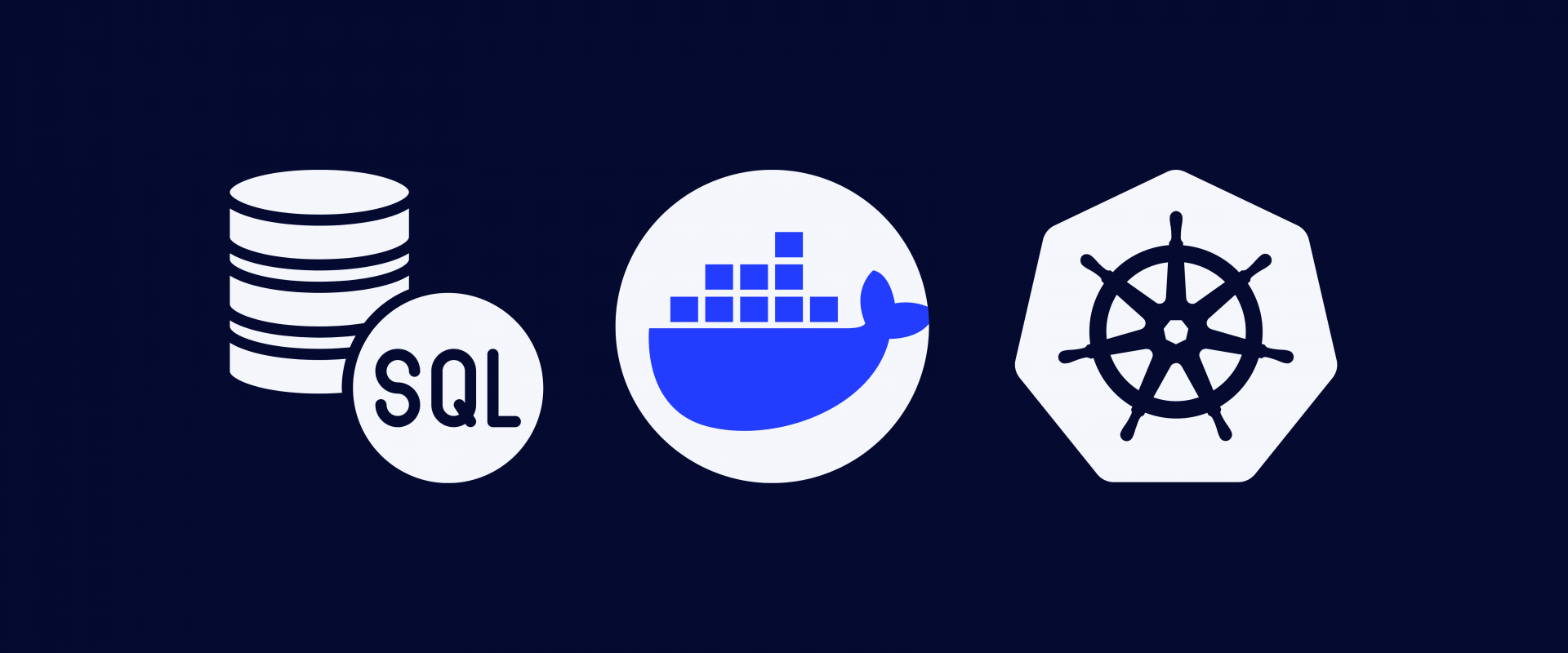Simplifying SQL Server and Kubernetes Across Hybrid/Multi-Cloud

Enabling automated configuration and streamlined management and deployment across on-premise, public cloud, and hybrid infrastructure.
The complexity of managing business-critical Microsoft SQL Server workloads with Kubernetes, especially across hybrid and multi-cloud infrastructure, can stall many organizations’ modernization plans. However, DH2i's new DxOperator tool aims to change that dynamic with automated deployment and simplified management capabilities purpose-built for SQL Server availability groups in Kubernetes environments.
A major goal was streamlining Kubernetes for the SQL Server user base: "Inexperience with Kubernetes is a common barrier preventing seasoned IT pros from being able to harness the massive scalability, flexibility, and cost savings benefits of SQL Server containerization." By reducing deployment time from 30 minutes to "just a few minutes," DXOperator unlocks the path to containerization.
Easing SQL Server High Availability Burdens
For mission-critical SQL Server workloads where uptime is paramount, the complexity of configuring high availability can also impede cloud and container migration. Here, too, DxOperator steps in to remove roadblocks.
SQL Server hosts an organization’s most business-critical workloads, so Kubernetes’ inherent failover latency (5-minute downtime windows for pod redeployment) was totally inadequate for organizations that are often shooting for ‘5 nines’ uptime levels.
DxOperator builds on DH2i's existing DxEnterprise software that has already been providing microsecond-fast SQL Server failover for over a decade. This same capability now extends to availability groups in Kubernetes as well, enabling true high availability.
Streamlining Multi-Cloud and Hybrid Cloud Potential
What makes DxOperator uniquely valuable is its consistent approach across on-premises, public cloud, and hybrid infrastructure. Customers’ environments are only growing more heterogeneous, and we’ve always committed ourselves to infrastructure agnostic, cross-platform software solutions.
DxOperator simplifies configuration and maintains availability guarantees regardless of the underlying platform — including hybrid cloud and multi-cloud architectures. The automation flexibly adapts to any target environment.
Previously, ambitious goals such as cloud vendor diversification have represented nothing more than a pipe dream aspiration for most companies. However, we’ve witnessed evidence that organizations are increasingly pursuing any available avenues for increased SQL Server resiliency, especially as cross-platform technologies like DxEnterprise are emerging to simplify and support these complex environments.
Key DxOperator Capabilities and Integration
So what exactly does DxOperator do under the hood? As a Kubernetes controller, it's natively integrated to take advantage of core constructs like pods and nodes. The tool handles numerous complex configurations such as storage settings, container resource allotments, pod naming conventions, and configurable synchronous or asynchronous replication.
Deployment automation handles complex configurations like custom annotations, specific container specifications, and quality of service parameters, and makes deployment achievable in just a few minutes, unlocking peak scalability.
For infrastructure-as-code and DevOps best practices, DxOperator adoption is simple, with the ability to easily script deployment and orchestration using Kubernetes standards like Helm charts. Meanwhile, backend monitoring, logging, and troubleshooting leverage native Kubernetes interfaces.
DxOperator is the first class Kubernetes controller for SQL Server containers. Thus, it monitors and takes real-time corrective actions on SQL Server containers if a failure is detected for any of the managed SQL containers. Every event, every action, and every health anomaly are fully logged. ‘Kubectl logs’ can be used on DxOperator or SQL Server container at any time to diagnostics or log scraping.
Getting Started With SQL Server and Kubernetes
For those just getting started running SQL Server on Kubernetes, simplicity, and automation should be top priorities:
Your best approach is to get familiar with the solutions available that can help reduce the learning curve and integrate as much automation as possible. For example, DxOperator is a highly powerful tool with its ability to automate SQL Server Availability Group deployment and handle complex configurations.
Complementary tools like SUSE Rancher can make Kubernetes administration easier as well through its graphical user interface. Taking advantage of robust, specialized solutions for deploying and managing SQL Server workloads allows organizations to overcome knowledge gaps and focus on business applications rather than infrastructure complexities.
By leveraging DxOperator for simplified, automated SQL Server high availability configuration on Kubernetes, the promise of seamless hybrid and multi-cloud flexibility comes closer to reality even for demanding mission-critical workloads. Innovation often arises not from building entirely new things but rather from perfecting and expanding access to existing technologies. For SQL Server HA on Kubernetes, that innovation is DxOperator.
We Provide consulting, implementation, and management services on DevOps, DevSecOps, DataOps, Cloud, Automated Ops, Microservices, Infrastructure, and Security
Services offered by us: https://www.zippyops.com/services
Our Products: https://www.zippyops.com/products
Our Solutions: https://www.zippyops.com/solutions
For Demo, videos check out YouTube Playlist: https://www.youtube.com/watch?v=4FYvPooN_Tg&list=PLCJ3JpanNyCfXlHahZhYgJH9-rV6ouPro
If this seems interesting, please email us at [email protected] for a call.
Recent Comments
No comments
Leave a Comment
We will be happy to hear what you think about this post